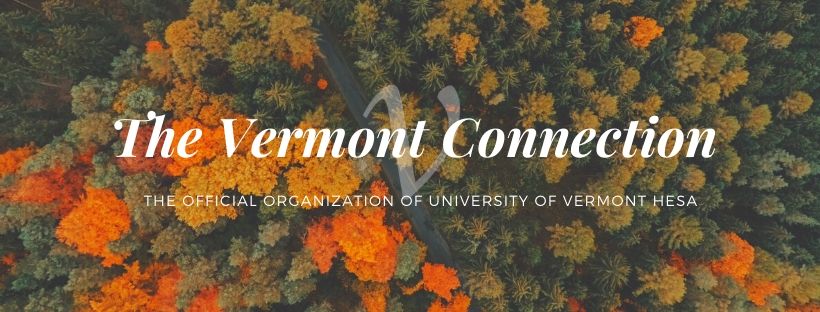
Abstract
College settings often place students in a petri dish where they are able to reflect on their innermost identities, values, and how they come to know the world around them. Through intentional efforts, student affairs professionals can create spaces where students are able to explore identities that society often states as being mutually exclusive. There is a body of research to help student affairs practitioners support queer-identified students developmentally (e.g. Cass’ Identity Model, Fassinger’s Model of Gay and Lesbian Identity Development, and D’Augelli’s Model of Lesbian, Gay, and Bisexual Identity Development). The topic of spirituality as it relates to queer students has been under-researched (Buchanan, Dzelme, Harris, & Hecker, 2001; DuMontier, 2000; Love, Bock, Jannarone, & Richardson, 2005; Stevens, 2004). Recent research has emerged providing a model to understand the complexity of multiple dimensions of identity and to infuse meaning-making as a part of identity development (Abes & Jones, 2004; Abes, Jones, & McEwen, 2007; Jones & Abes, 2013; Jones & McEwen, 2000). As we move forward, something to be considered is the way queer students shape their identity in the context of heteronormativity. The present models work well, but fail to understand the student experience in a world where queer students subvert heteronormativity in order to more fully realize their own identity (Abes & Kasch, 2007; Jones & Abes, 2013). In this article the author examines the ways in which queer students reform their queer and religious identities, grounding the discussion in queer theory, and examining the role of queer authorship as a developmental understanding of “queerituality”.
Recommended Citation
Smallwood, S. R. (2015). "Queerituality": Reforming What it Means to be a Religious Queer. The Vermont Connection, 36(1). https://scholarworks.uvm.edu/tvc/vol36/iss1/11